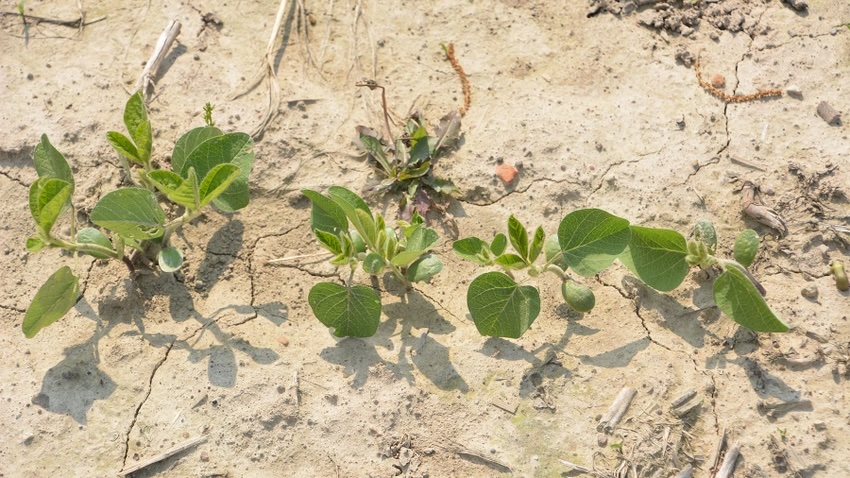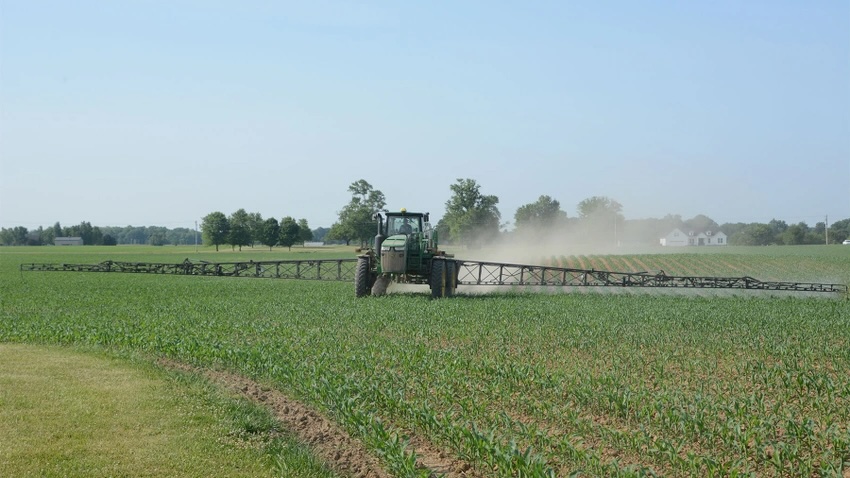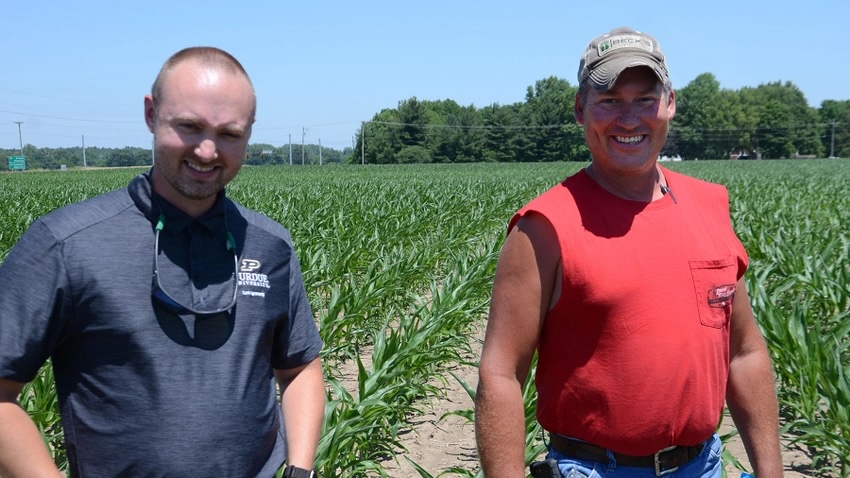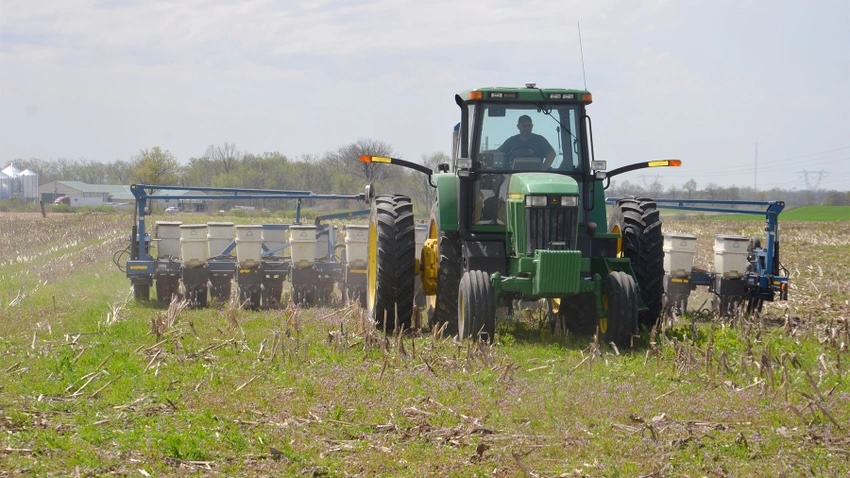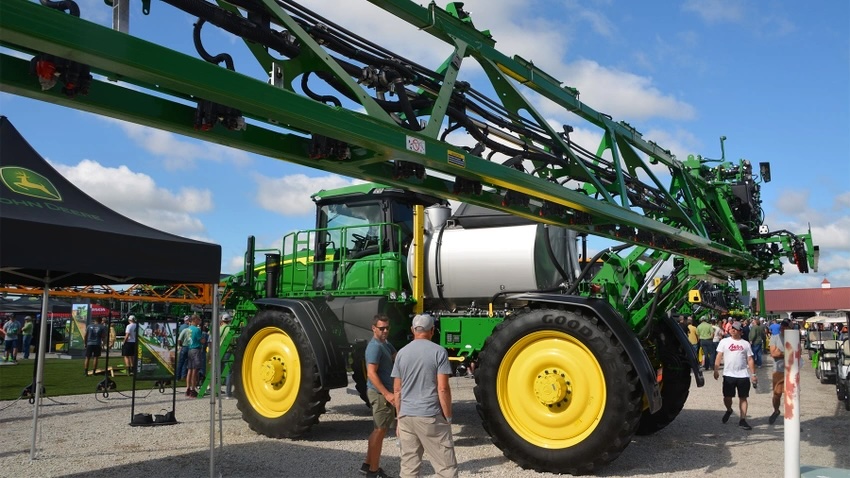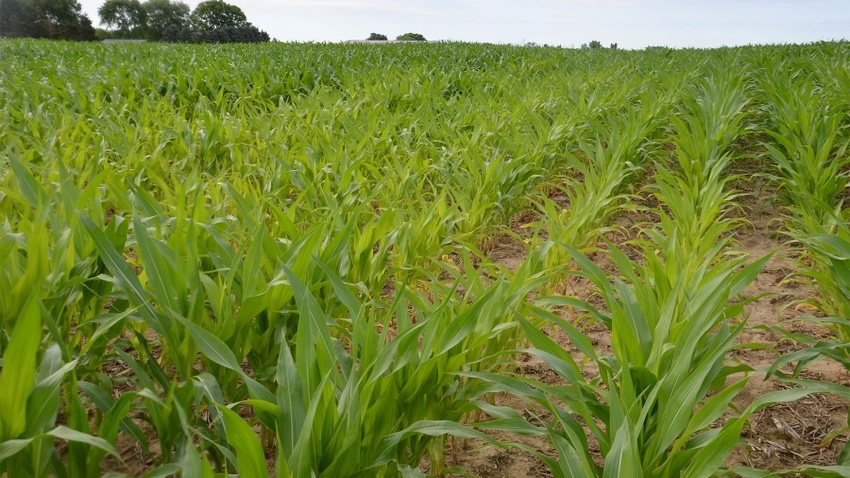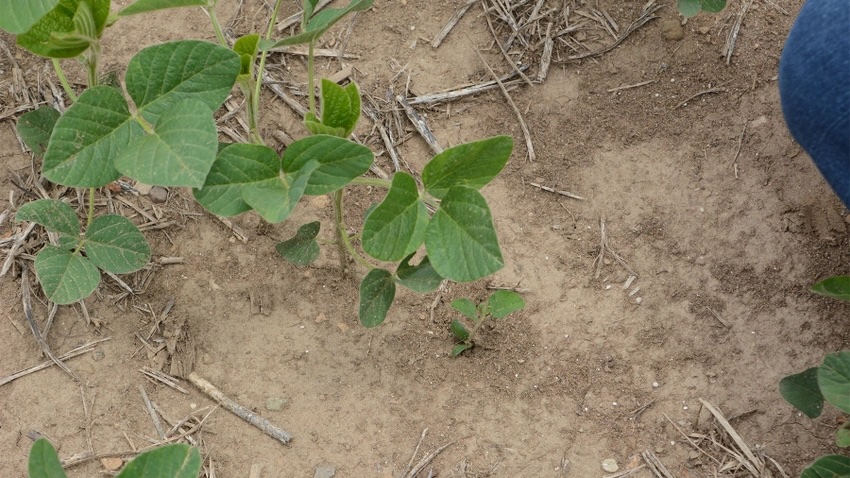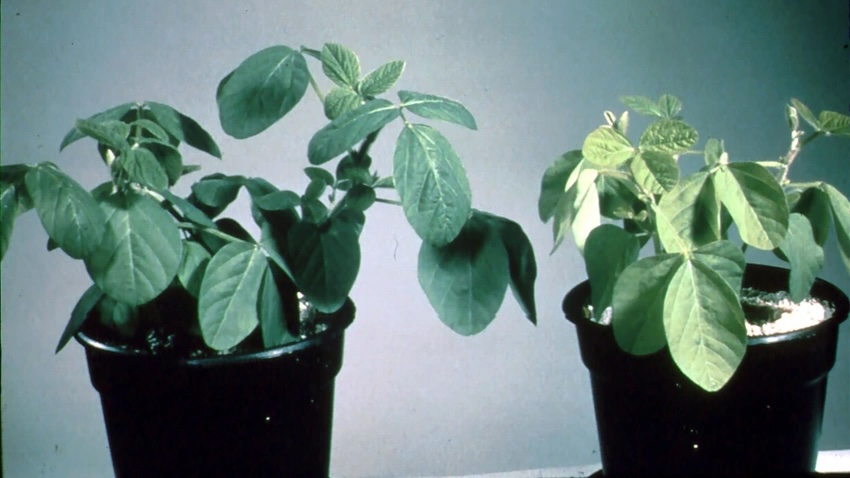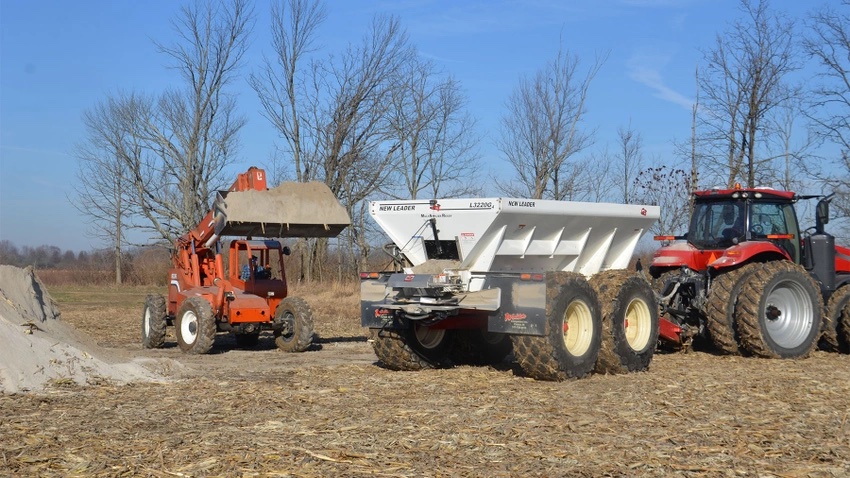You have yield data - now what?
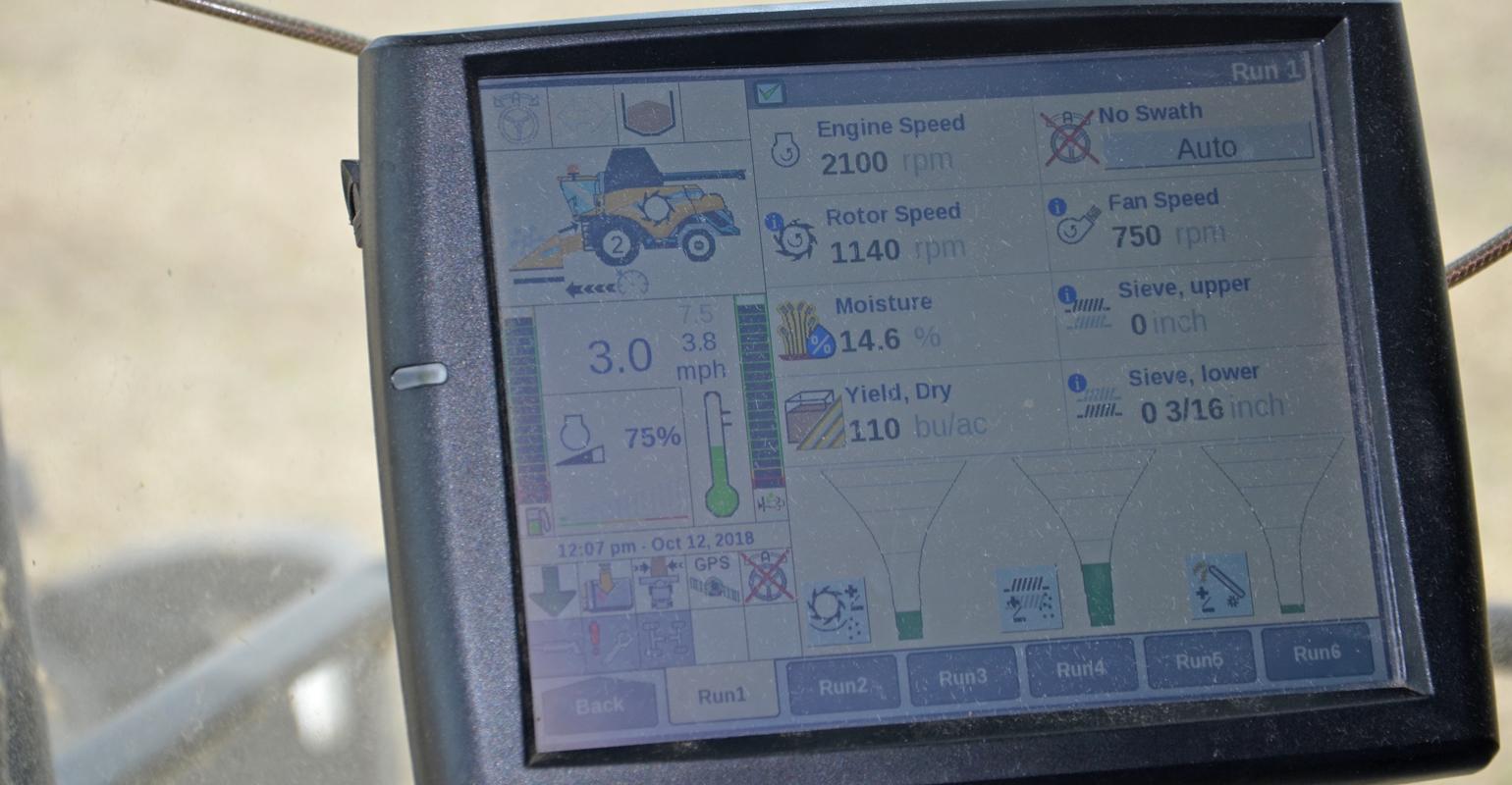
Soybean Corner: Should you buy your own software to analyze crop data or rely on someone else?
Nov 02, 2020
We have yield map data from our soybean fields. There are many platforms to choose from to analyze data.
How do I choose the right one? Should I buy software and do it, or work through someone else?
The Indiana certified crop advisers panel answering this question includes Danny Greene, owner of Greene Crop Consulting, Franklin; Jeff Nagel, agronomist with Ceres Solutions, Lafayette; and Marty Park, agronomist with Gutwein Seed Services, Rensselaer.
Greene: Many farmers collect field data. However, too many don’t have or take time to sort through information about production and profitability in each field. Platforms range from simple to powerful, and cheap to expensive. The key is to turn data into insight to help you move the needle in your operation.
More advanced programs can account for every input and pass of every machine, and calculate site-specific production costs. Likewise, those programs can subtract production costs from harvest data multiplied by crop sales info to map profitability, return on investment, cost per bushel and yield efficiency at each point, then averaged by field. Some more-specific programs will be offered as a service by a crop adviser.
If you have someone in your operation who has the skill, desire and time to keep up with digital data, it may be cost-effective. If you only want to view yield maps, then low-cost, basic programs or apps may allow you to store data. App programs are easy, but some growers are concerned about their data going to “big data” companies.
Consider supporting a basic program locally just to view maps, but also work with your crop adviser. Usually, that will give him or her a clearer picture to help your operation. You essentially would have a second data storage location, and some will offer services that could tease out insightful information.
Nagel: Farmers have been capturing yield data for several years and printing off or viewing nice colored maps. The digital tools to perform analytics and turn data into actionable management decisions has lagged behind. It’s not easy to develop software that can incorporate multiple data layers.
There are some digital tools like Climate FieldView that are user-friendly and provide some simple analytics, like yield by hybrid or variety, and by soil type. Simple on-farm trials can be set up to analyze treatment differences. Tools like this would be sufficient to analyze basic yield data. If deeper analysis is desired, such as analyzing historical yield data to set up management zones, work with a trusted adviser who can navigate more in-depth software.
Park: There are a lot of good options out there for analysis, and they change frequently. Ask these questions first: Do I have the technological skills needed? Am I willing to commit the money for software and hardware? Am I willing to dedicate the time to this project?
If you answer “yes” to all three, you’re capable of doing it on your own. If you answer “no” to any of these questions, find a trusted adviser to help you work through it.
I know many growers who have collected years of data, but they don’t get around to using it to make more informed decisions. Don’t forget, you need to look at multiple years of data and take the weather into account as you make decisions for the future.


